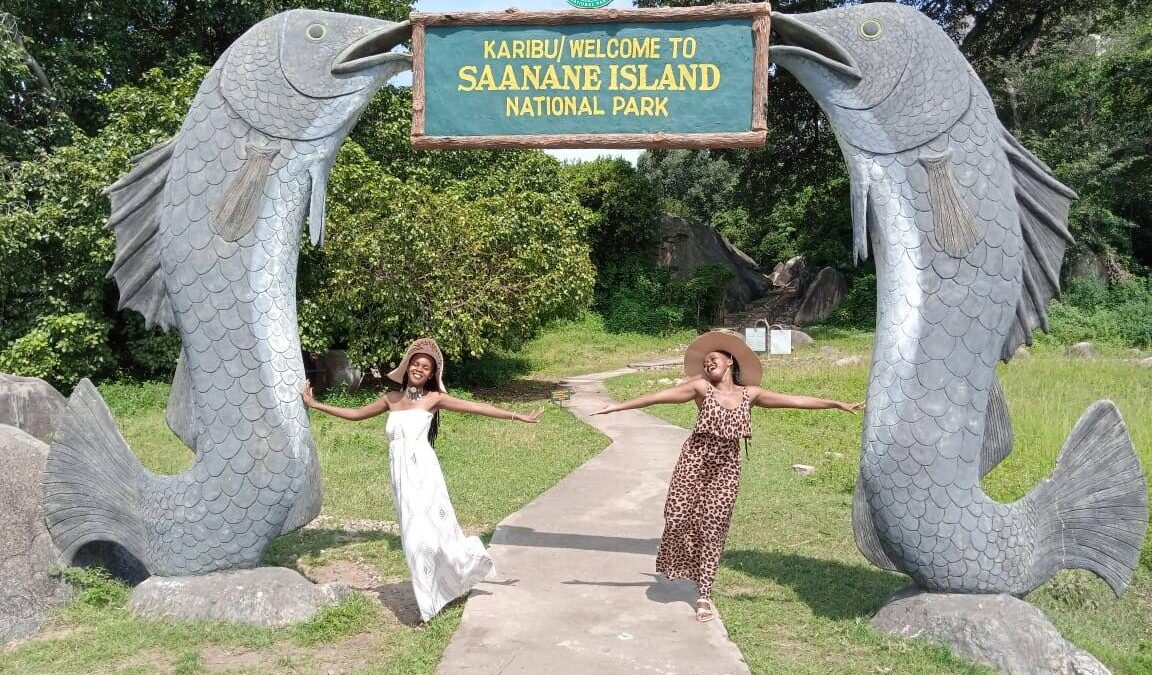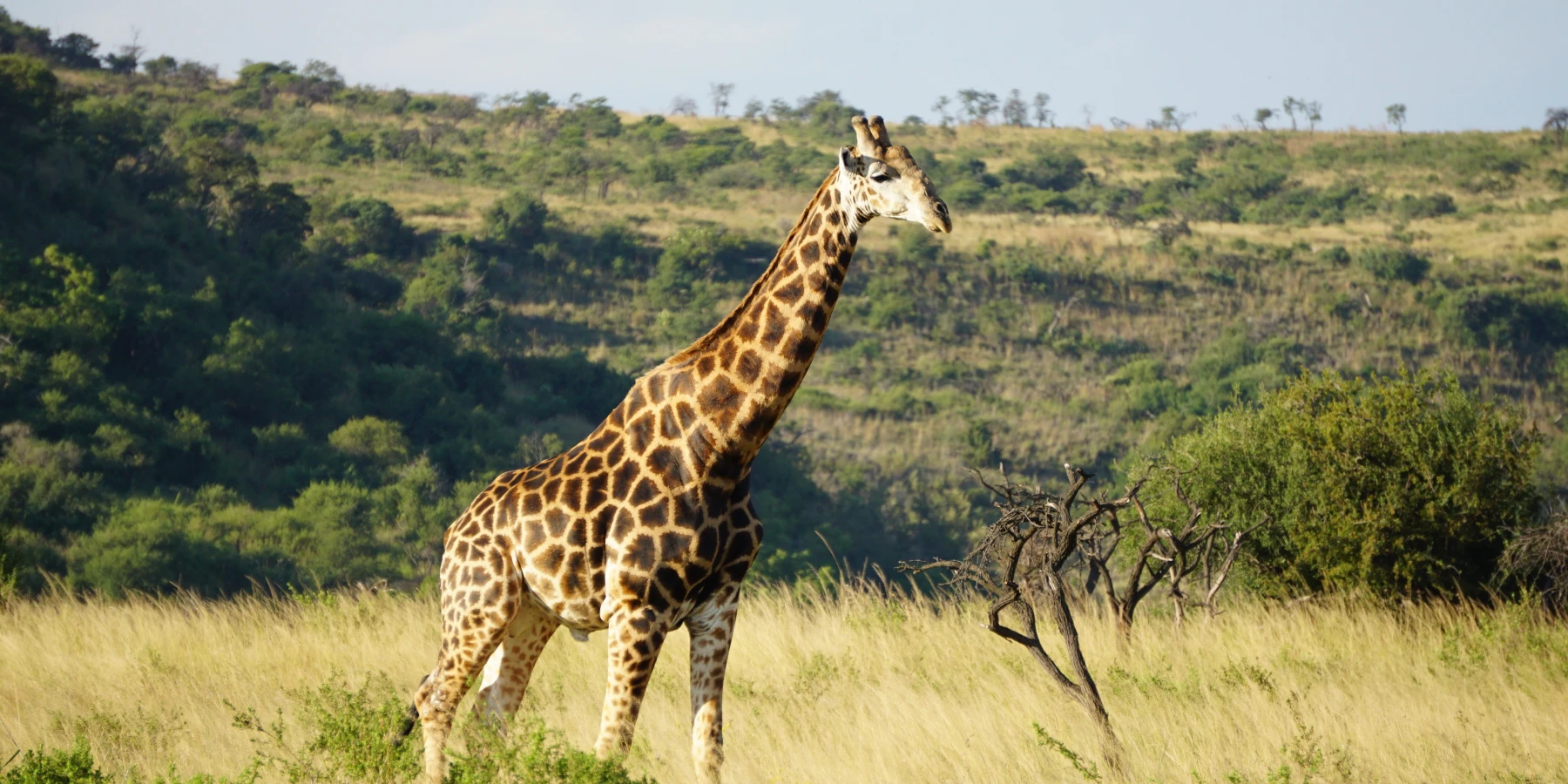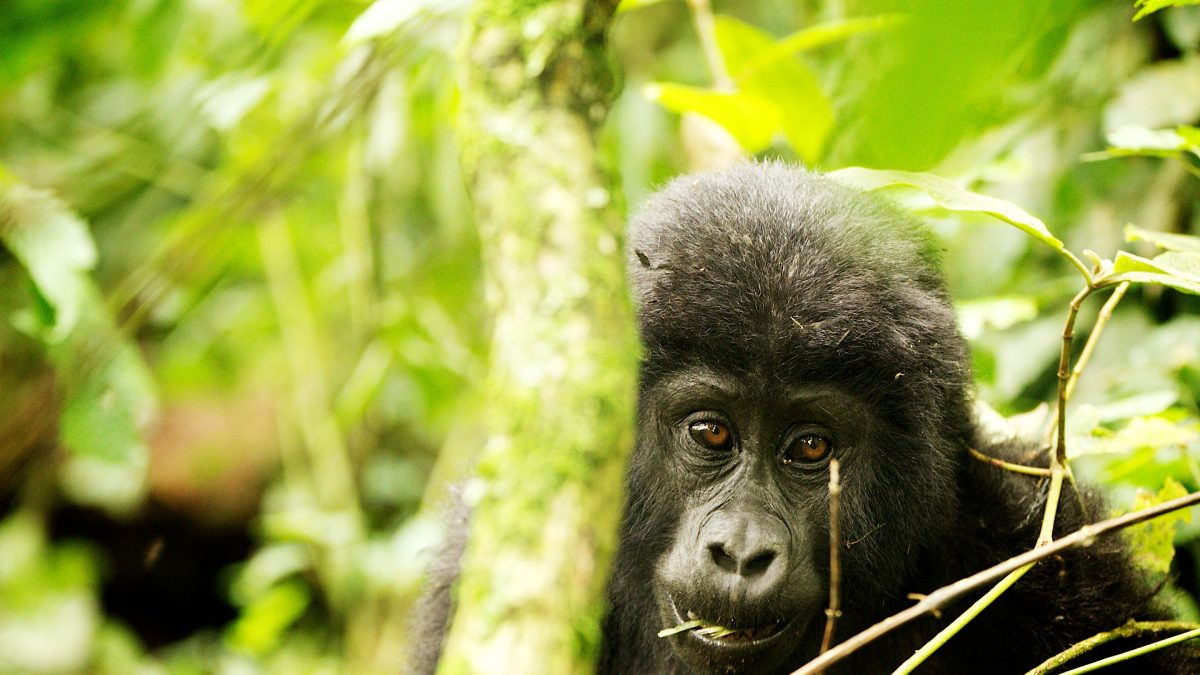Tourism Activities to do in Saanane Island National Park : Saanane Island National Park is a…
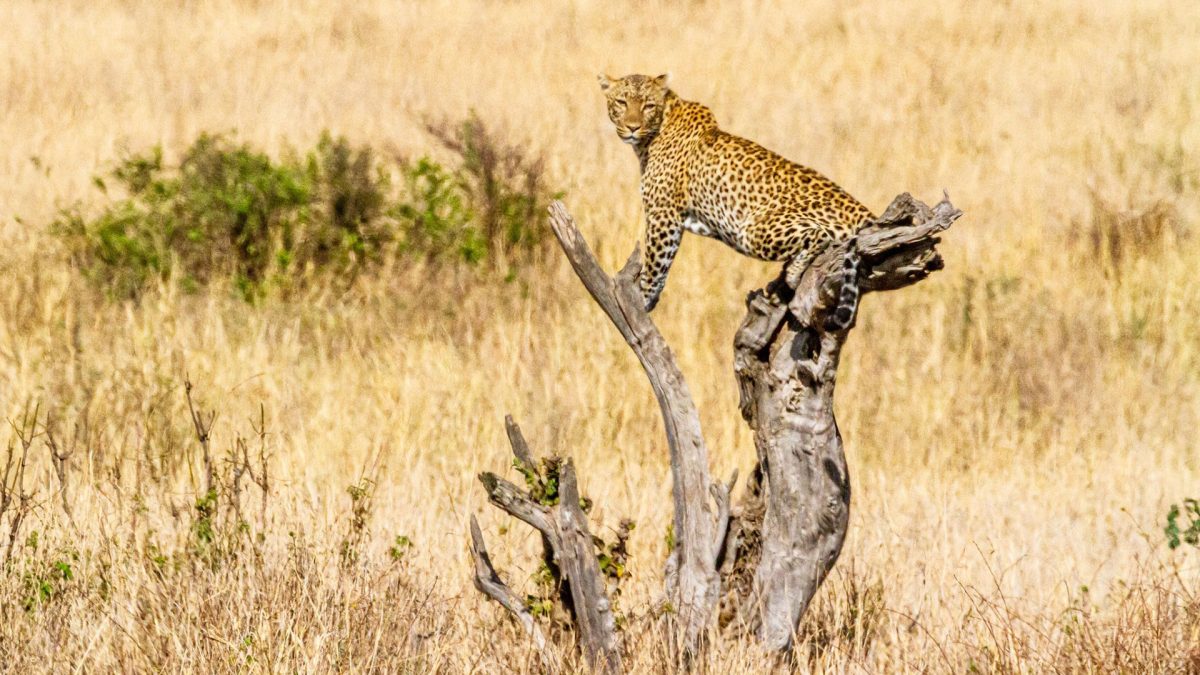
Discover Kidepo Valley National Park
Discover Kidepo Valley National Park : Kidepo Valley National Park is one of Africa’s great wilderness parks, with numerous virtually pure and undisturbed features. It is located in extreme northeastern Uganda, bordering Kenya and South Sudan. The Park is bordered by Karamojong people, a group with strong traditional values, and visiting this location will leave you with a lasting memories. When you are in the heart of Kidepo Valley National Park, there are various activities to look out for, like wildlife viewing, walking safaris, hiking, bird watching, and cultural tours, among others. However, this post will provide you with the greatest secret sites to see and not miss when on a wildlife safari in Kidepo Valley National Park. They include:
Apoka Tourism Centre
Apoka Tourism Centre is well positioned, with a view of the breathtaking Narus Valley. It is the focal center of park activities and houses the majority of the Uganda Wildlife Authority’s (UWA) workforce. Several lodges, some of which are owned by UWA, are close and offer guests housing alternatives. You’ll also find armed park guards and guides ready to take you on an exciting tour through the park’s deeper areas for wildlife drives and nature walks.
If you want to buy refreshments, Craft shops sell drinking water, beer, sodas, as well as books and other gifts. Campers can easily reserve cooking equipment at the Centre. If you do not have your own safari vehicle, tour vans are available for hire. During the dry season, visitors to the Apoka Tourism Centre can view a variety of animals as they come to drink at the neighboring Narus valley and dam, making it an ideal location for wildlife watching.
Kidepo Valley
The Kidepo Valley is one of the park’s best places to see wildlife. Water is scarce during the dry season, making this place unique. Unlike the Narus valley, which has more abundant water sources, the great river Kidepo has nearly dried up, leaving behind a lengthy stretch of pale sand that indicates its previous path. This barren landscape provides a stunning backdrop for visitors hoping to view animals in their native habitat. In addition to the wonderful creatures that inhabit this region. Kidepo Valley is also a sanctuary for bird enthusiasts. The area is home to a fascinating bird species, including ostriches, Golden Pipit, Ring-necked Spurfowl, Taita Fiscal, Rufous Chatterer, Fox’s Cisticola, Yellow and red spotted Barbet, Fox’s Weaver, Lesser Kestrel, Pallid Harrier, Black-winged Pratincole, White-crested, and Hartlaub’s Turacos, among others, and is worth a visit for birders.
Kanangorok Hot Spring
These hot springs are located outside the Kidepo valley and river, on the border with South Sudan. The hot springs are an excellent site to observe the mountain ranges. It’s around 40 kilometers from Apoka Rest Camp. The water in hot springs can reach temperatures of up to 50 degrees Celsius. These hot sprigs are associated with the locals’ belief that the water at Kanangorok Hot Springs holds therapeutic properties. Visitors can discover some individuals bathing there, making it one of the natural beauties that should not be missed while visiting this safari site. During your stay, you may encounter additional wildlife species such as elephants, buffaloes, giraffes, elands, and a variety of bird species. Visitors to these gorgeous hot springs pass through a lush forest zone and are treated to a remarkable experience of seeing the raw beauty of Kidepo Valley National Park.
The Narus Valley
The Narus valley is a beautiful location in Africa, recognized for its diverse wildlife. This gorgeous location has gently rolling savannah grassland that is flanked by high terrain. The Narus River flows at the valley’s bottom and frequently dries up during the dry months. When this occurs, just a few small muddy ponds and the man-made Narus dam remain, giving valuable drinking water to the animals that inhabit this area. As the seasons change, the Narus Valley transforms into a thriving habitat for a variety of wildlife species. Visitors may be able to witness buffaloes, cheetahs, giraffes, Jackson’s hartebeest, leopards, lions, oribis, and reedbucks.
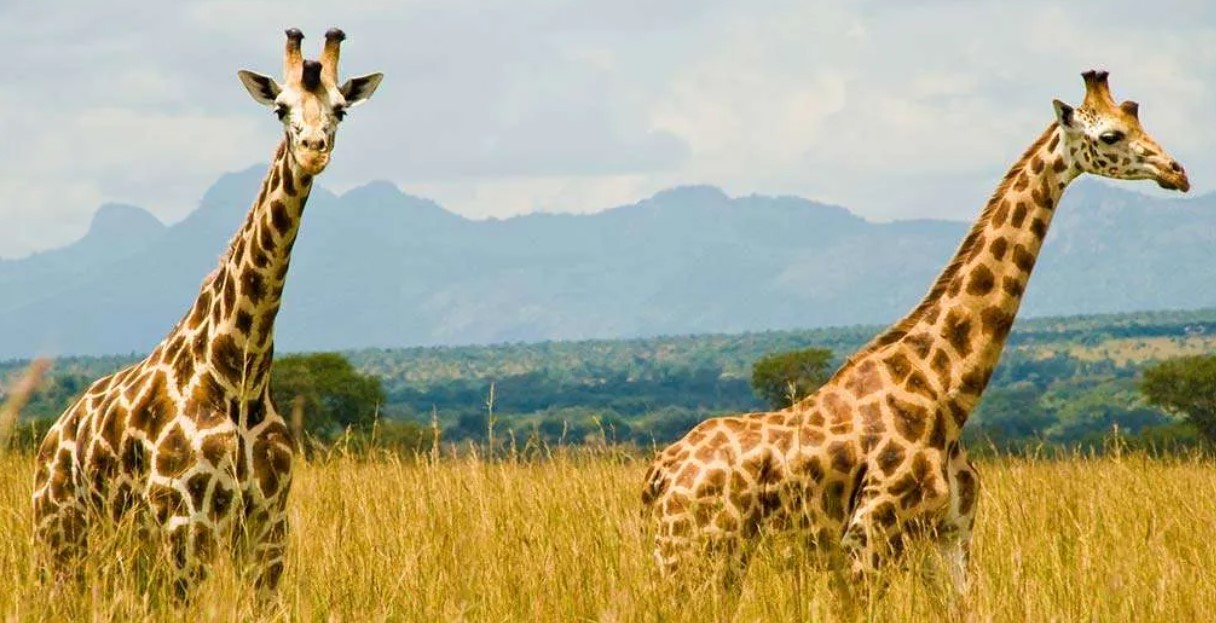
Namamukweny Valley
Namamukweny Valley is located in the wildlife park’s northwestern part. Each has a distinctive name that tells a tale. In the indigenous Napore language, “Namamukweny” refers to a lonely place with few people or birds. However, this is not quite correct when it comes to the world of birds. In truth, this quiet valley offers a thriving habitat for a diverse range of bird species. Among them is the magnificent Abyssinian Roller, which is recognized for its vibrant colors and amazing flight patterns. Common Bulbul, Eastern Paradise Whydah, Green Wood Hoopoe, and White-crested Turaco also live in the valley.
Lomej Hills
Lomej Hills are located a short distance from the park’s headquarters, making them conveniently accessible to visitors. These mild slopes provide an excellent chance for birdwatching, drawing a diverse range of colorful and musical bird species that flutter between trees. Some of the bird species you may see here include Egyptian vultures, ostriches, Pygmy falcons, and Kori bustards, to name a few. Furthermore, the picturesque hills of Lomej provide opportunities to see species like as the mountain reedbuck, bush pigs, lesser and greater kudu, warthogs, common elands, Defassa waterbucks, giraffes, hartebeests, oribis, Cape buffaloes, and zebras, among others.
Lonyili Mountain
Lonyili Mountain is a hidden gem in northeastern Uganda, notably near the Uganda (Kitgum District)-South Sudan border. This mountain is home to a number of unique wildlife, including the red-tailed monkey, white Columbus monkey, and black Columbus monkey, all of which may be found in the rich montane forest. Lonyili Mountain’s unique habitat supports these primates, making it a nature lover’s heaven. Unfortunately, the roads going to the mountain are not well-developed. Visitors must obtain specific authorization and assistance before hiking the mountains.
Morungole Mountains
These mountains, which reach heights of 2,750 meters, form one of the park’s limits. Mount Zulia and the Labwor and Dodoth Hills are neighboring summits with elevations exceeding 2,000 meters. These high peaks are home to the Ik community, which was relocated by a previous administration. They revered Mount Morungole and considered it a sacred location. Guided tours allow visitors to see the magnificent landscapes that surround the Morungole Mountains.

